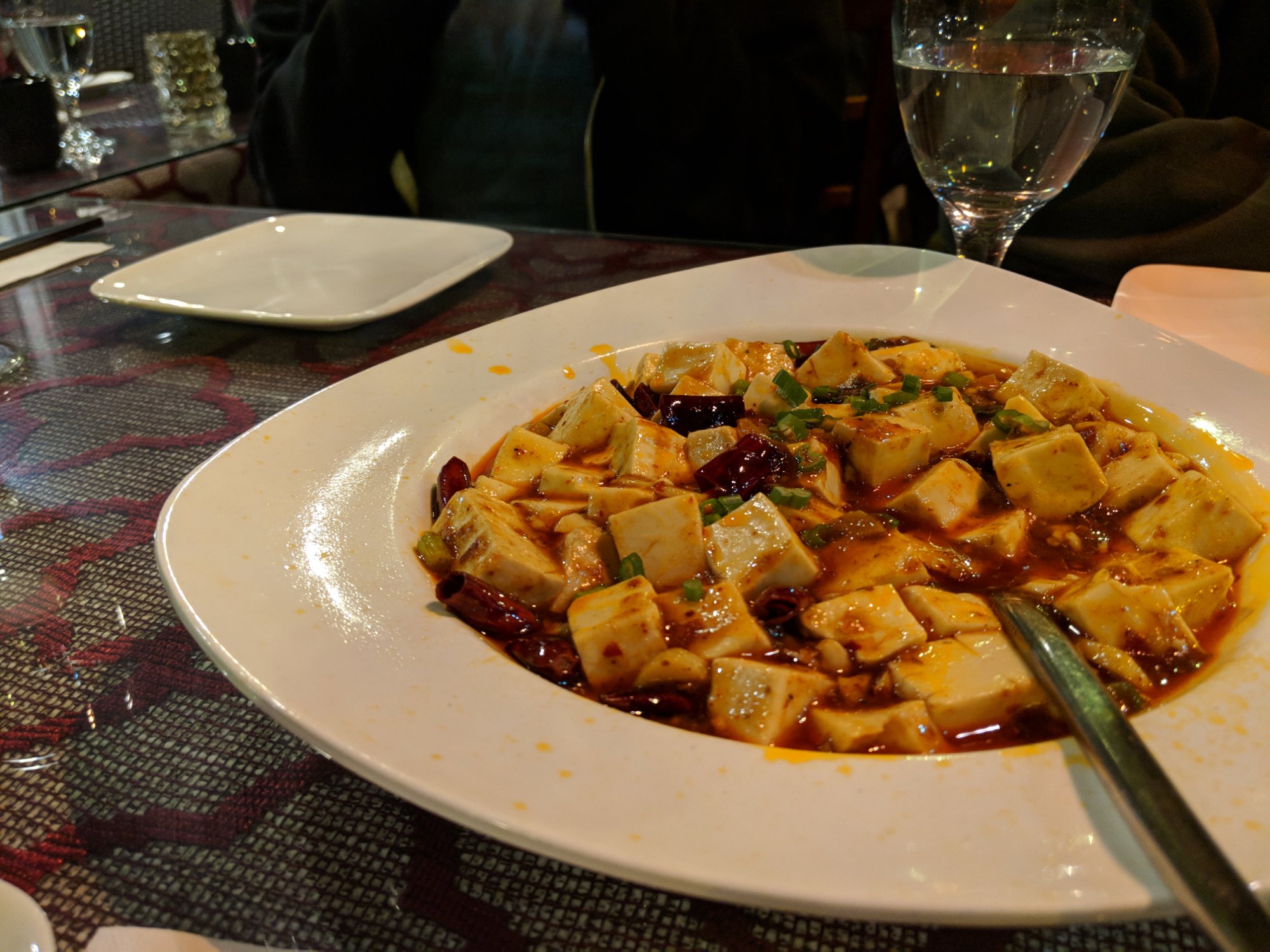

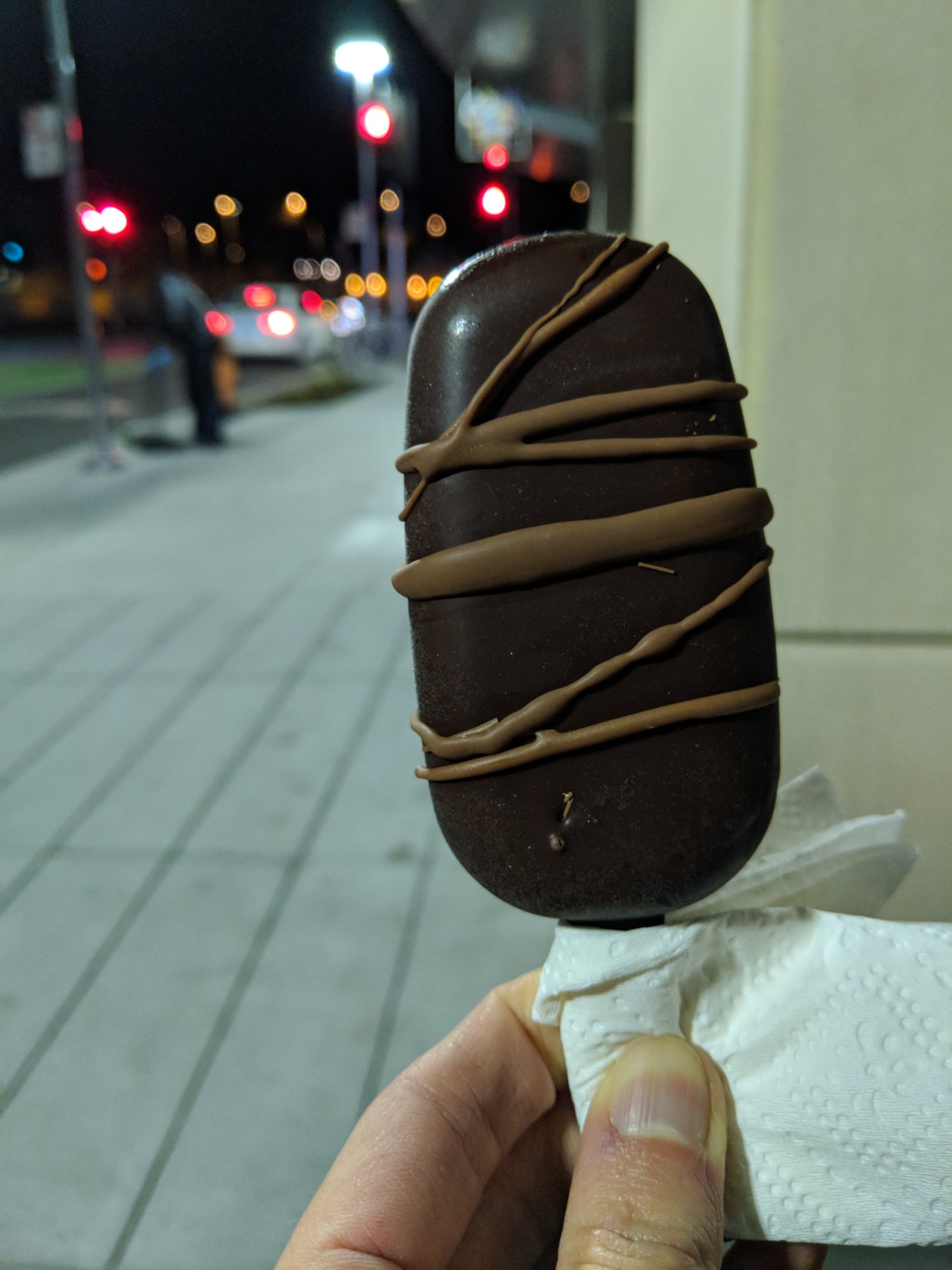
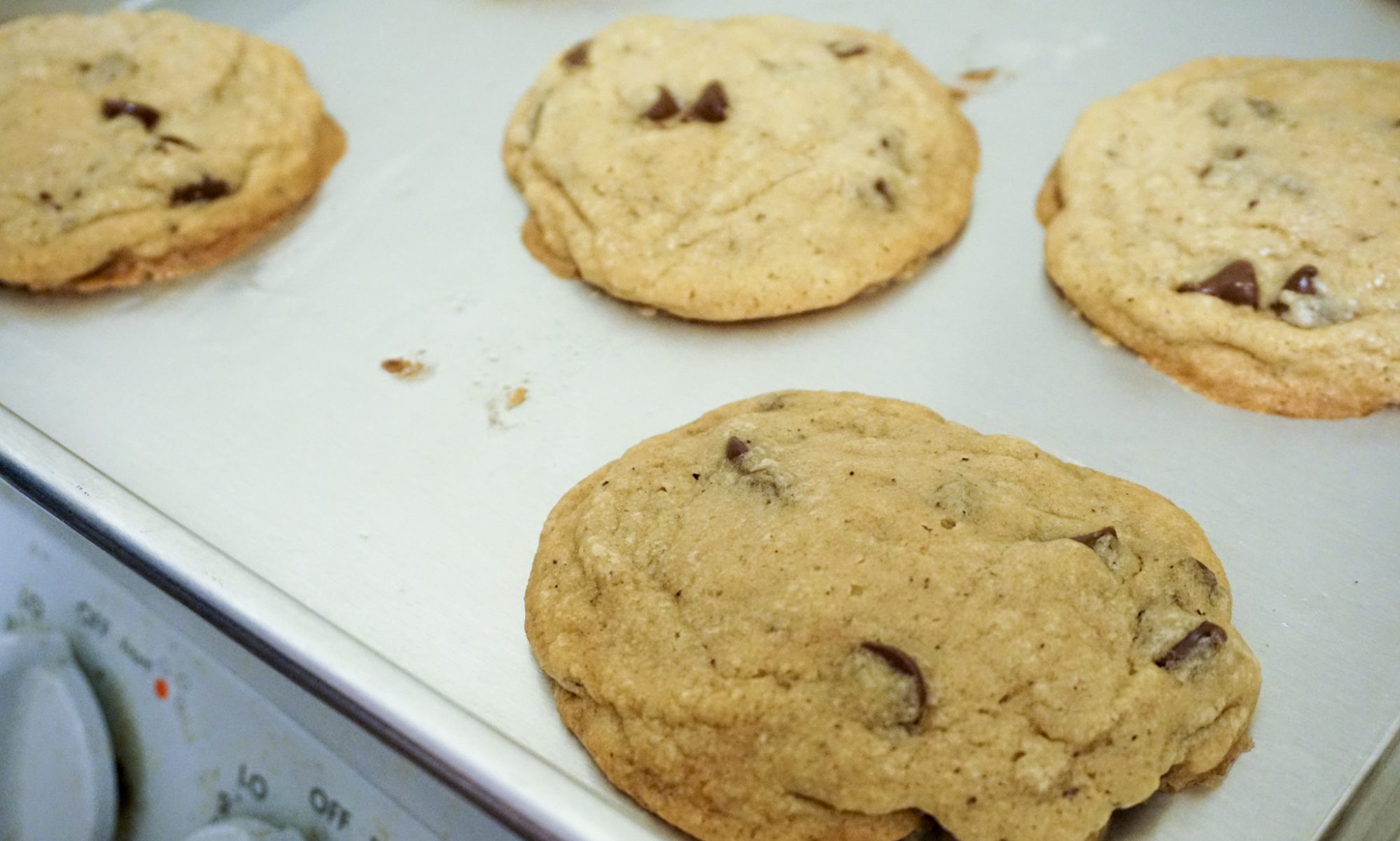
Food, sustainablity, and some other stuff






The majority of the time, I clean things (wipe surfaces, hand-wash dishes, etc.) with a wet dishcloth and soap, if needed. It is rare that I need anything else.
Kamenoko tawashi – Japanese vegetable scrubbing brush, but really good for getting stuck-on food off of pots and pans. Do not use these on Teflon or soft plastic; it is incredibly stiff and will scratch delicate surfaces.
Baking soda – Good for removing stains (apply to surface with some water and let sit for 15 min) and odors, good for scrubbing. Can also use it for deodorant, toothpaste, and shampoo.
Salt – Good for removing ground-in dirt, but very abrasive.
Vinegar – Takes off limescale, can be added to baking soda to unclog drains. Can also use as a conditioning hair rinse.
Soap – J and I use Dr. Bronner’s liquid castile soap. We bought a gallon of it – the biggest size available! – since we anticipate using it for all of our liquid soap needs. We use it for hand-washing dishes, for example.
A scrubby brush, rag, or cloth (sponges not recommended because of low durability and unsustainable materials). Loofah is a good sponge-like sponge substitute.
You might want a toilet brush, although old toothbrushes work fine for cleaning toilets. LifeWithoutPlastic has a plastic-free option.
Plunger – J and I use our plunger to unclog the shower drain (I’m not sure why it gets clogged in the first place, but it happens regularly).
Broom, dust mop, vacuum come in handy occasionally.
I don’t know any, ’cause I don’t clean that much. I just google when I need a fancy solution, like what to use to get blood or tomato stains out.
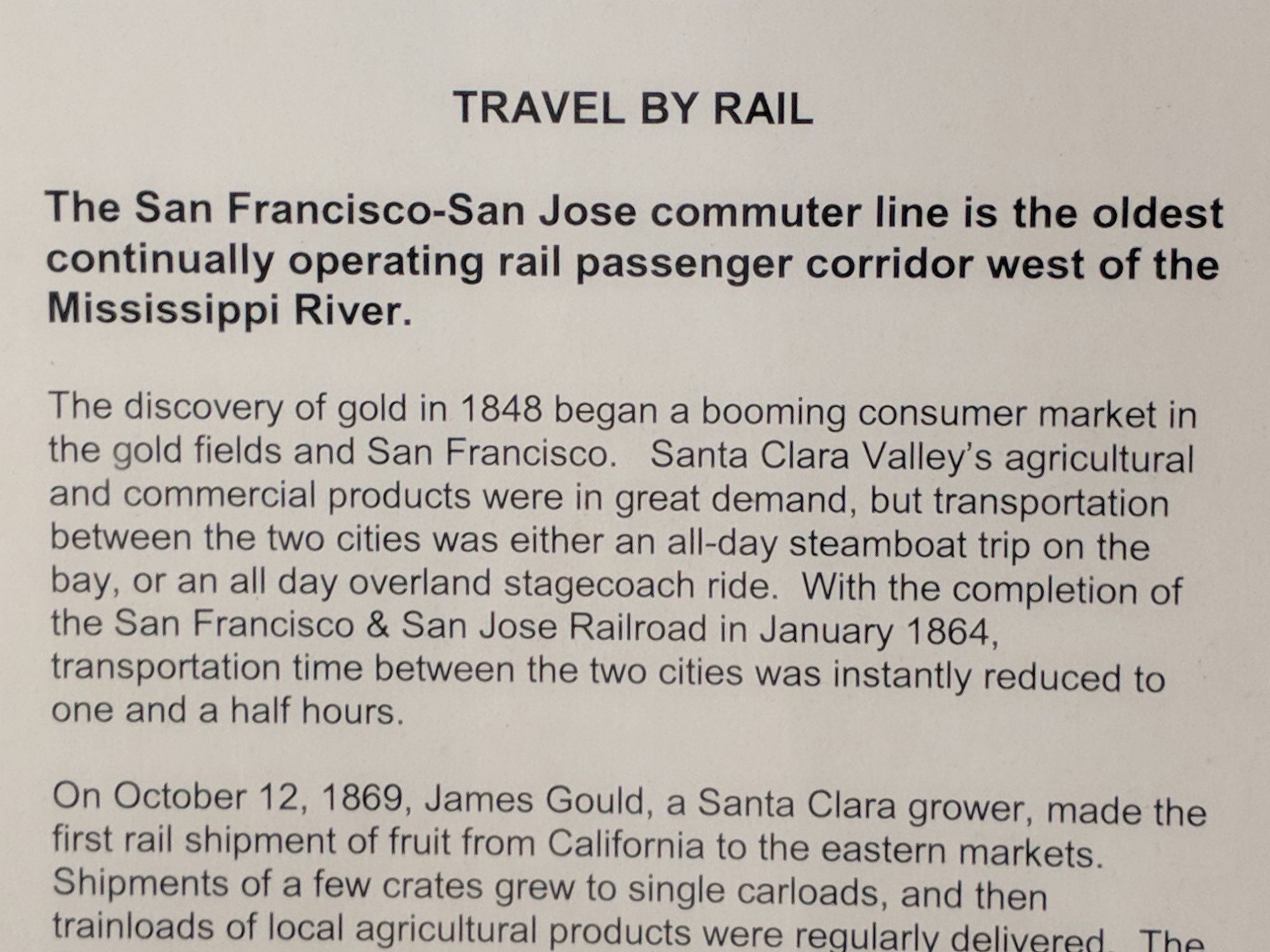

I came across a super cool infographic and article (based on this research paper) ranking different actions by environmental impact. You know those things that people always say to do – recycling, washing your clothes in cold water, changing lightbulbs? They don’t do that much 🙁 Too bad, since those are some of the easiest and least controversial changes to make.

The article says that the most effective things you can do (if you live in a developed country) are:
Less effective actions include:
There’s a table with a bunch more actions listed. Improving home insulation and producing no food waste are both moderately effective; composting is listed as not very effective, but no carbon footprint reduction estimate is given so maybe they just couldn’t find any data on it.
The less effective actions are obviously more attractive; after all, they don’t require major lifestyle changes. This may be why “textbook and government writers intentionally [promote] low-impact actions,” following a ‘foot-in-the-door’ approach, “a type of positive spillover where encouraging small actions is hoped to lead individuals to take more substantial behaviours later”. It’s unclear if this actually happens, though… Man, behavior modification is hard.
I found a neat tool from the EPA that shows the energy sources that your local electricity is generated from.
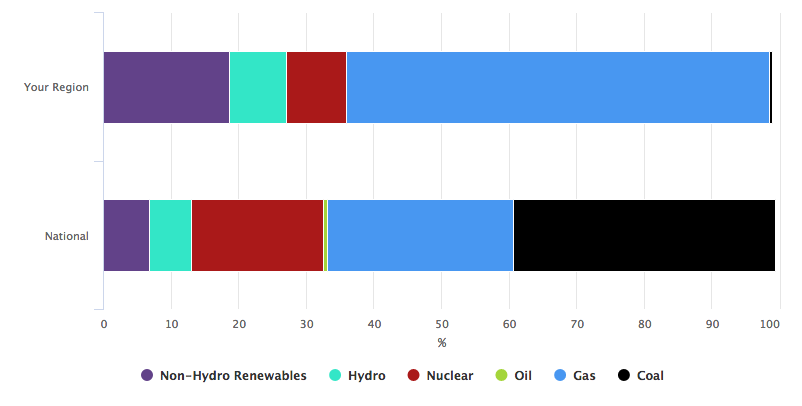
Our electricity provider, PG&E, has a really nice website. It has plots of our energy usage by hour (wow, such resolution!) and compares our overall usage to similar homes in the area. You can totally see those days when it was too hot to go without air conditioning, ’cause the energy usage goes waaaaay up. It is also really easy to switch to different billing plans (tiered, energy at night is super cheap, etc) and to buy renewable energy. It’s a very fun website 🙂

I found this really thorough and very interesting blog post on basically every type of sweetener available. The author evaluates each sweetener with regards to processed-ness and healthfulness (with an initial warning that sugar is bad for you…). Once we run out of the sugar we have, I’d like to get palm sugar (coconut sugar). I can probably get some from SoCal, which has a bunch of date palm plantations. Although they’re not native to the Americas – they probably originated near Iraq, date palms are supposed to be pretty sustainable to grow, since they require very little water. Sorghum syrup, blackstrap molasses (high in iron!), and rapadura (panela), the least-processed form of cane sugar, also have some appeal.
On a related note, I’ve been reading about the purported benefits of a low-carb diet and thought it would be interesting to track my carb consumption (although paleo seems hard if you don’t eat meat…). MyFitnessPal is really good for food consumption and body-measurement tracking, and it’s easy to use.
Over Christmas break, my siblings A and C volunteered at Johnson’s Backyard Garden (JBG), a local Austin CSA that delivers produce in the area.
JBG relies pretty heavily on volunteers to maintain fields and pack the produce. To persuade people to volunteer, JBG gives each volunteer a free box of produce!!! Okay, the value-per-hour based on the cost of a box is below minimum wage, but it’s nice to go somewhere and do something. If you go volunteer, you also get access to the reject veggies (which mostly look fine – food waste!) to take home.
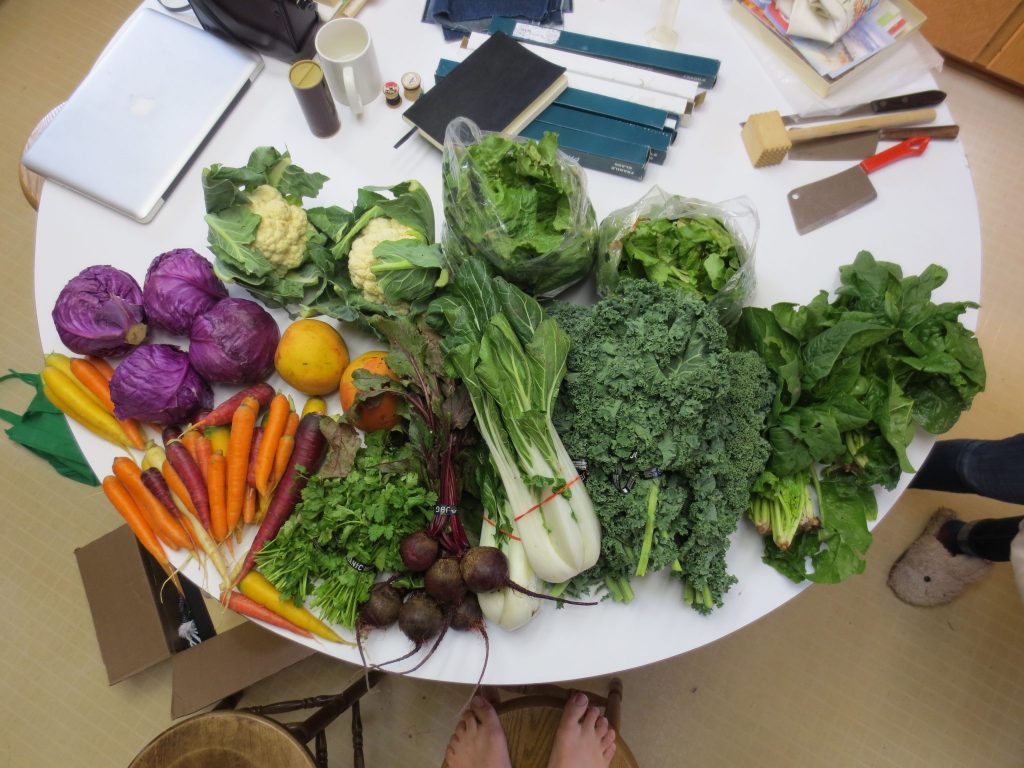

We usually think of vanilla as ubiquitous in sweets, but it hasn’t actually been in use for very long. It used to be one of those super expensive tropical extravagances that only the wealthy could afford; the lower class people made do with rosewater (which, ironically, is considered fancier now). My mom originally saw an article on this topic on Atlas Obscura.
Unlike vanilla, you can make rosewater at home! Rosemary Gladstar’s Herbal Recipes for Vibrant Health has instructions on how to make your own. You set up a simple steam distiller. All you need besides that is water and rose petals (forageable!).
Rosewater is used in fancy cosmetics. I don’t know if it actually does anything, but it makes the product smell nice 🙂
I have a pair of not super high quality socks that were getting major holes in them. (Oddly, the holes were under the ball of my foot…) I didn’t actually intend to repair them – they’re definitely not worth it – but in the end couldn’t bring myself to throw them away. At least I got to practice my darning skills!
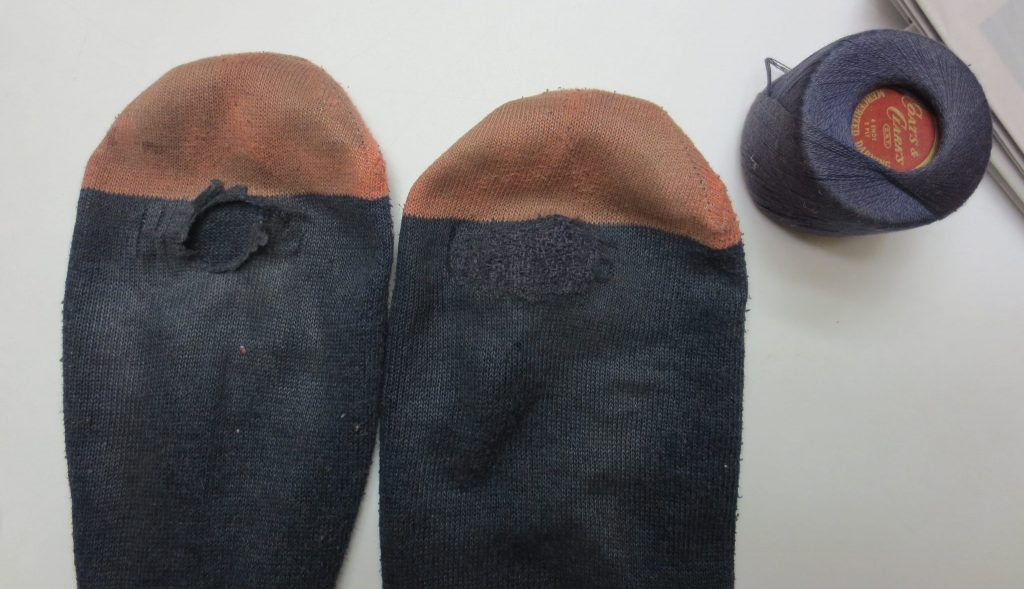
A darn is basically a little patch of woven material. You sew back and forth over a hole, then go back and forth the other direction, running your thread over and under the crosswise threads. See this post for detailed instructions.
The blogger who runs that site seems very into obvious patching and the distressed look. For example, see this patch, where he specifically says to not sew too carefully. You wouldn’t want it to look good or anything. He’s going to look like a hobo one day – and I probably will also…